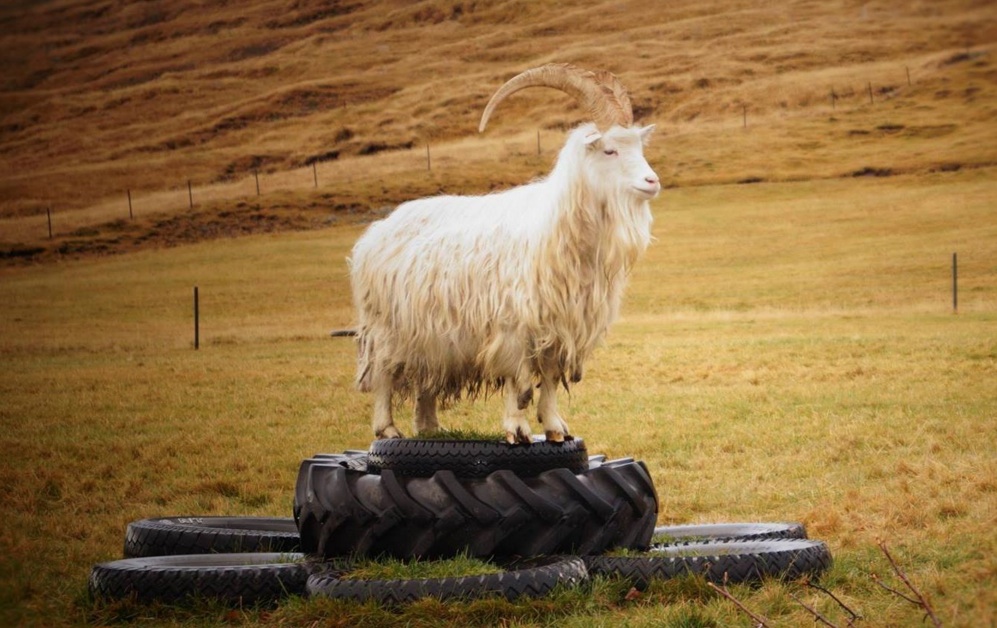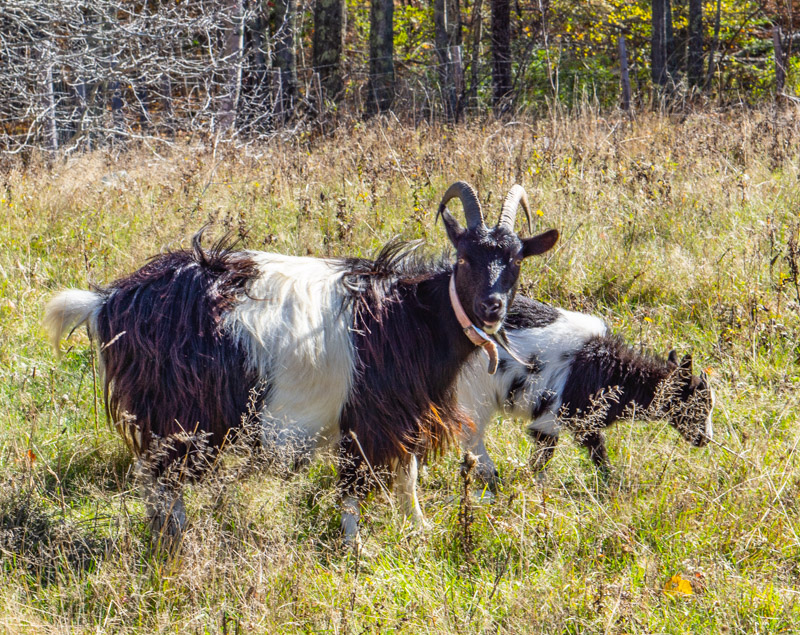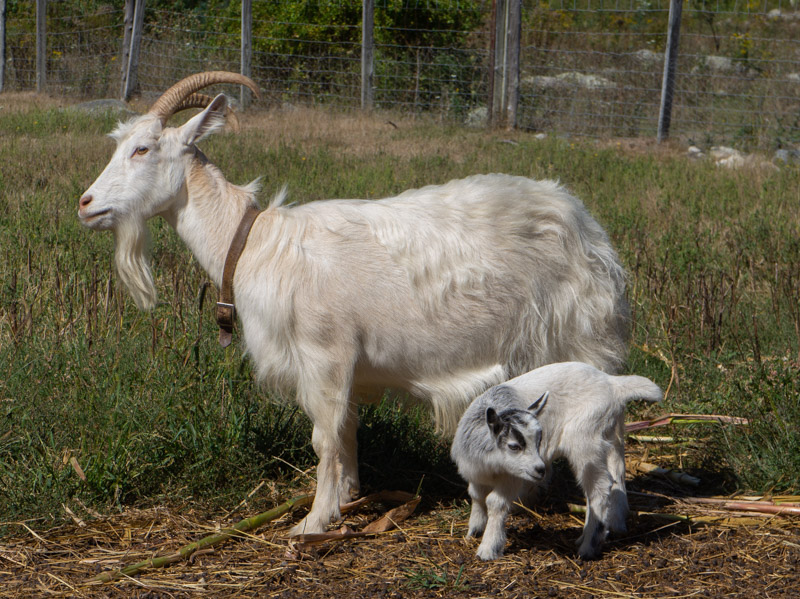Icelandic Goat Project


Goats were brought from Norway to Iceland during the time of settlement ( 870-930 AD) and have been genetically isolated since then. During the centuries of subsistence farming goats were very important to poor families, providing milk, meat, leather and fiber. The fine underwool, like that of all goats, is cashmere. A millennium of adaptation to the Icelandic subarctic has produced a small, hardy, short legged animal, at home in cold damp climates.
As subsistence farming disappeared the Icelandic goat lost popularity. Numbers fell below 100 animals. Interest within Iceland in preserving this historic and hardy breed has rebuilt the population to about 1000 animals.
Iceland has perhaps the most stringent programs in the world for the control of livestock disease. Nevertheless there is always a risk of a disease outbreak, requiring the destruction of rare and endangered animals.

Beau Chemin Farm has been working with the Iceland goat farmers and genetics scientists to establish a “reserve” flock of Icelandic goats in the US. Sheep and goats cannot be imported from Europe to the US. We import goat semen from Iceland and use artificial insemination to develop increasing percentage Icelandic goats, the only such animals anywhere in the world. We are currently working with the Icelanders to address new United States importation requirements and complete this program.